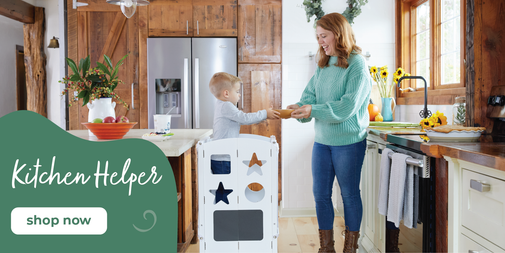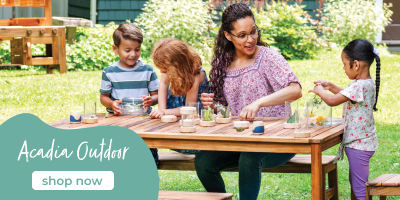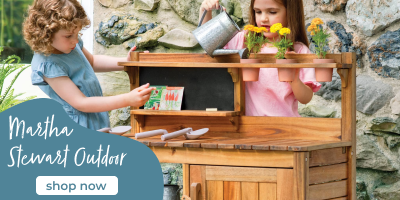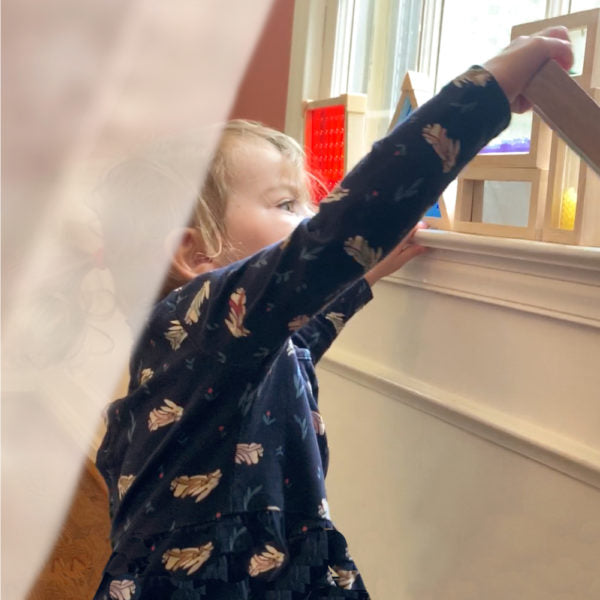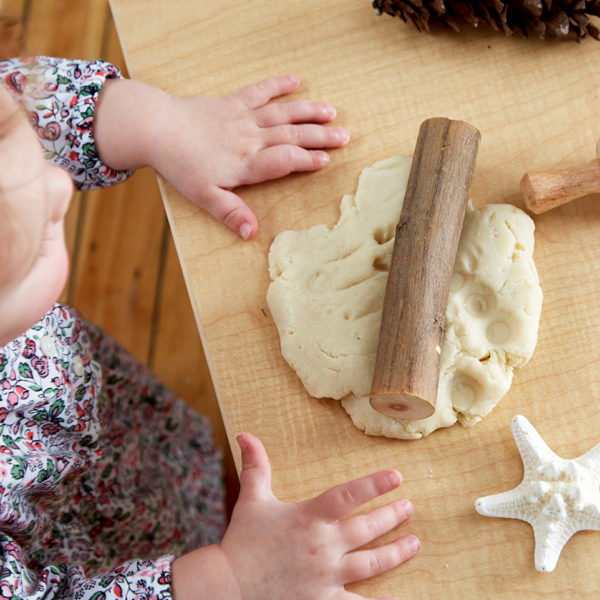Heart-Centered Environmental Design: A Fresh Perspective
Author, designer and teacher, Sandra Duncan, EdD, and the president of Guidecraft, Gary Bilezikian, were honored to collaborate and contribute to the 250th issue of Exchange Magazine, where they shared their views on the importance of empathetic and heart-centered design of early childhood environments.
Here is a glimpse of the article, recently published in the November/December 2019 issue of Exchange Magazine.
To read the entire article, and to learn more about heart-centered environmental design, click HERE
Heart-Centered Environmental Design
A Fresh Perspective
By: Sandra Duncan and Gary Bilezikian
With inspirations from Christine Burkholder
For anyone who has ever designed an early childhood classroom from scratch or ever tried their hand at a general makeover, you know the decision-making can be staggeringly complex. The choices we make multiply beyond comprehension. The act of classroom design is indeed imperfect and does not come with a one-size-fits-all manual. There is so much to think about; every classroom is different not only because of its physical attributes (i.e., shape, size, amenities) but because of those unique individuals who play and abide within its four walls. Some classrooms may have features (i.e., built-in storage or shelves, support columns, angled walls, or high ceilings) that can possibly interfere with a design. There are a plethora of rules and regulations—which are sometimes conflicting—from licensing, accreditation, quality rating assessments, and safety and health authorities. For example, after considerable gymnastics with moving about the furniture in a rather small space, you finally find a way to include all the required learning centers when the fire marshal shows up and declares there are no clear pathways to the exits.
We could simplify these challenges by saying we need a new approach to designing environments, but that would be misleading. We are forced into new approaches on a consistent basis by factors and forces beyond our control. For example, in one state a new licensing regulation is requiring 12 inches of low shelving for every infant. In order to comply with this new requirement, shelves need to be added to the already cramped room and the space for tummy time becomes nonexistent. Indeed, designing a classroom is complex. It seems like sometimes these forces fray the edges of best practices until our spaces become diluted environments that work for neither children or teachers, but rather quietly against. Furniture is for storage and meeting licensing requirements. Carpets are for sitting and counting, naming objects, and learning the letters of the alphabet. Walls are for displaying commercially purchased posters, required paperwork and daily schedules. All the while, children’s lives and childhood have been forever changed. These examples may be oversimplifications but, if not addressed with a high degree of stewardship, they can lead to the dilution of intended design outcomes—classrooms that are created for laughing, playing, singing, and embracing the importance of being little.
Designing Heart-Centered Classrooms
The very first thing you need to do before you begin the journey of designing heart-centered classrooms is to think about what you most value in children: Do you value children who are capable… competent… curious? Your classroom should reflect these values, as well as the children’s needs and interests. The furniture, furnishings, and materials in your classroom will showcase what you believe is important and what you value most in children. If the classroom is designed with integrity and with your values in mind, the children will reflect these values as they come to understand their own capabilities and competencies.
For ideas on how to get started with designing heart-centered classrooms with the focus on empathic and biophilic design thinking, click HERE
